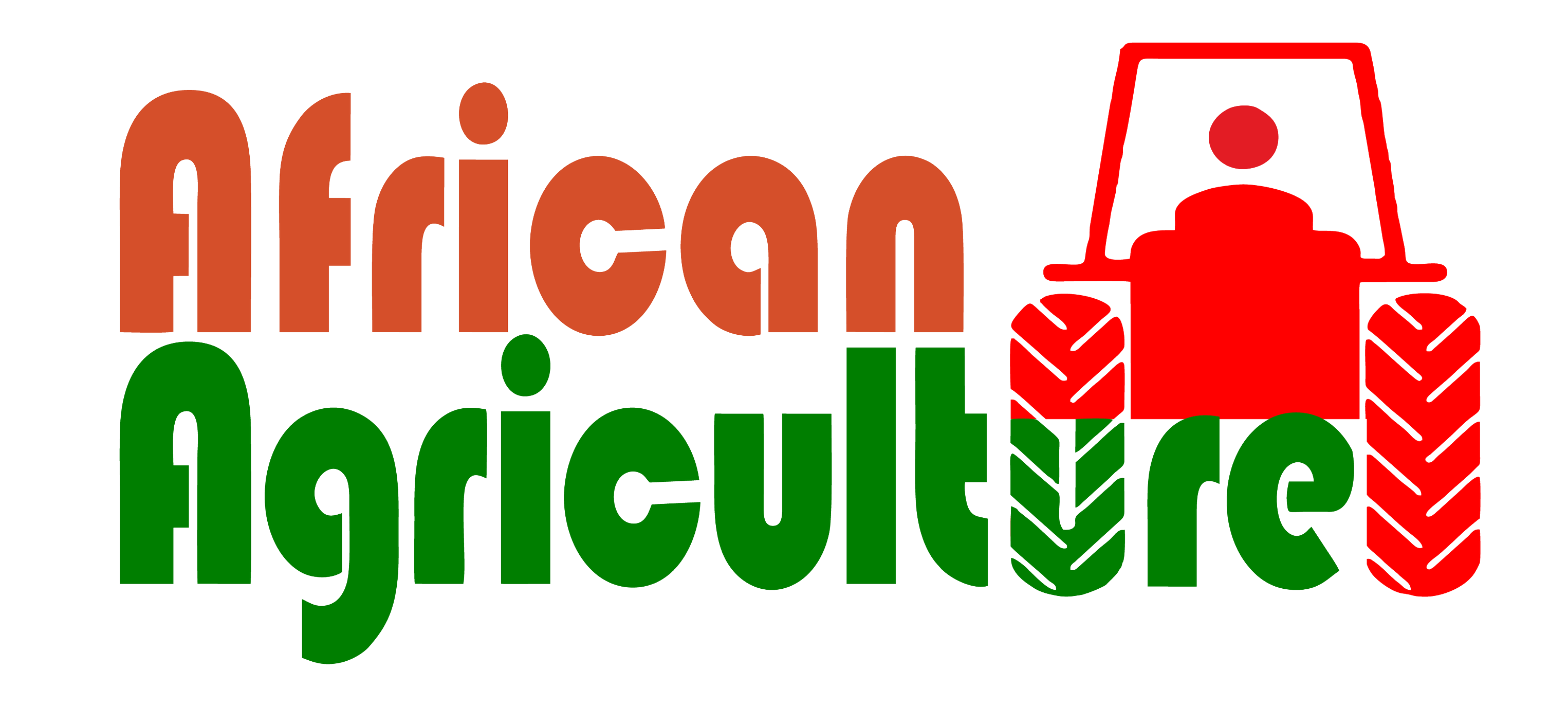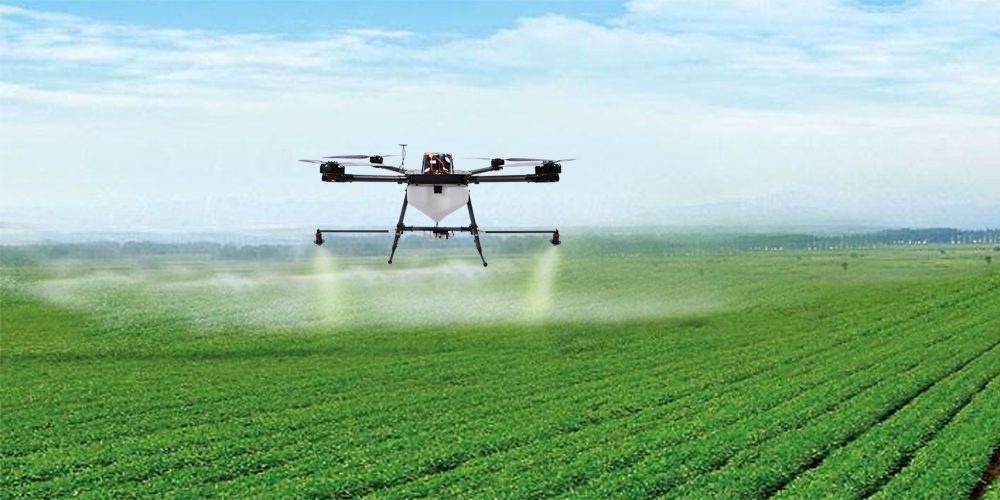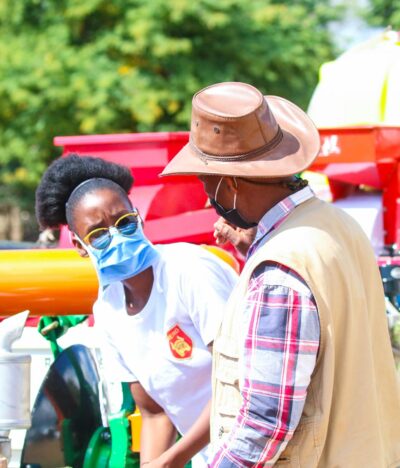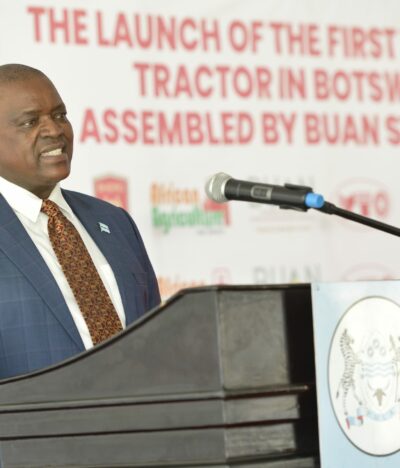Agricultural Drones; Smart Agriculture
By Boitumelo Arnold Kapo
Besides enabling more potent smartphones and higher download speeds while riding the subway, cutting-edge technologies like artificial intelligence, robotics, and wireless communications are on the verge of revolutionizing well-established industrial fields. A remarkable example is “smart agriculture,” which has seen a tremendous increase in the use of drones for various tasks, especially in China, Japan and other European countries.
Drones, which are also referred to as “unmanned aerial vehicles” (UAVs), have been the focus of extensive research for agricultural applications. For example, they can take aerial images of a field and, through subsequent image processing, identify problems in specific areas of the crop fields. Another notable use case for drones that has been quickly gaining traction is the spraying of pesticides. In Japan, the number of hectares sprayed by drones saw a stunning 45-fold increase from 2016 to 2018. Similarly, the number of registered UAVs/drones for agricultural spraying increased from a mere 227 to 1552 between those years.
According comparison research conducted by Yuna Seo with her student Shotaro Umeda, under Faculty of Science and Technology in Tokyo University of Science conducted a comprehensive comparison research between drones, Remote Controlled Helicopter and the Tractor mounted Boom sprayer, conducted in 7 different paddy rice fields, Seo concludes that as for the working capacity, Remote Controlled helicopters could cover much more area per hour than both drones and boom sprayers
In terms of pest-control costs, the Drones were only slightly less expensive per unit area than the boom sprayers, mainly due to the low price of drones and savings in fuel. In this regard, the Remote Controlled Helicopters were much more expensive. “Although the purchase cost of boom sprayers is almost double that of Drones/UAVs, the fixed costs of both end up being similar because of the high operation, maintenance and repair costs of drones, which are notorious obstacles in Drones/ UAV introduction and adoption,” echoes Seo.
Finally, to explore the management efficiency of each method, the researchers used a technique called “data envelopment analysis,” which is widely used in economy and operations management to benchmark the performance of manufacturing and service operations. The results indicated that both boom sprayers and drones reached maximum or near-maximum efficiency for most paddy areas, while Remote Controlled Helicopters were much less efficient.
In conclusion, this study highlights both the advantages and limitations of using drones as agricultural tools. Still, there is no doubt that smart agriculture as a whole could greatly alleviate the labor shortage problems in countries like Botswana with a rapidly aging population, of which China and Japan are a prime example. Given the potential upsides, let us hope that the use of agricultural drones in Botswana and southern Africa quickly earn their spot in agriculture so that farmers can work smarter, not harder!







